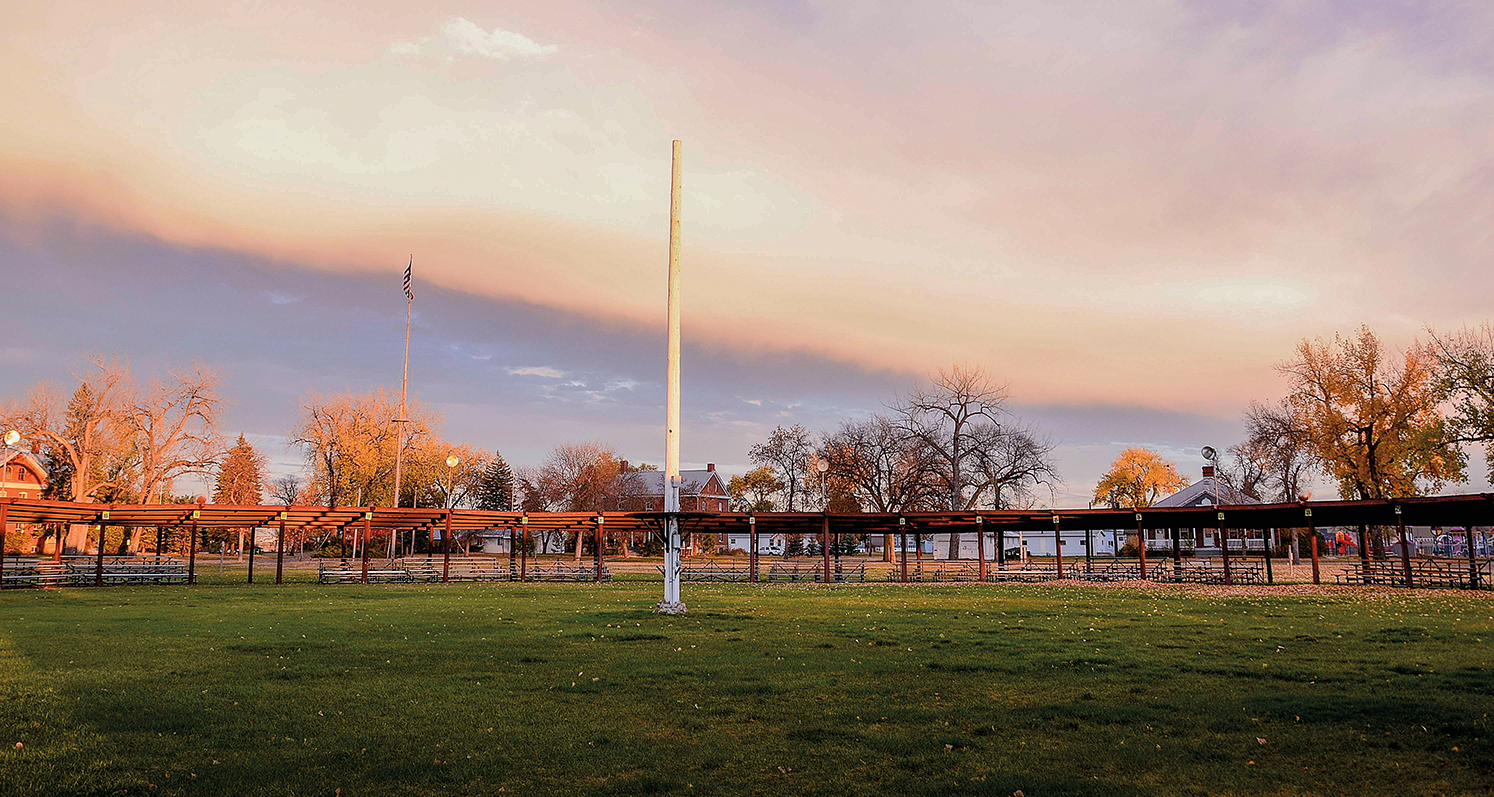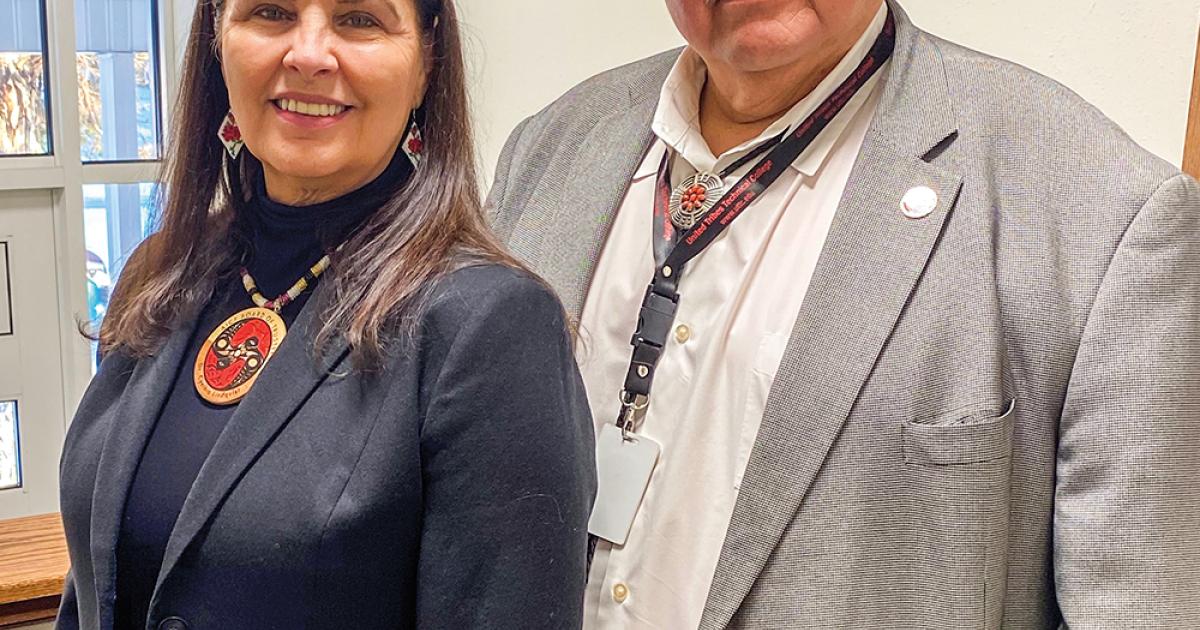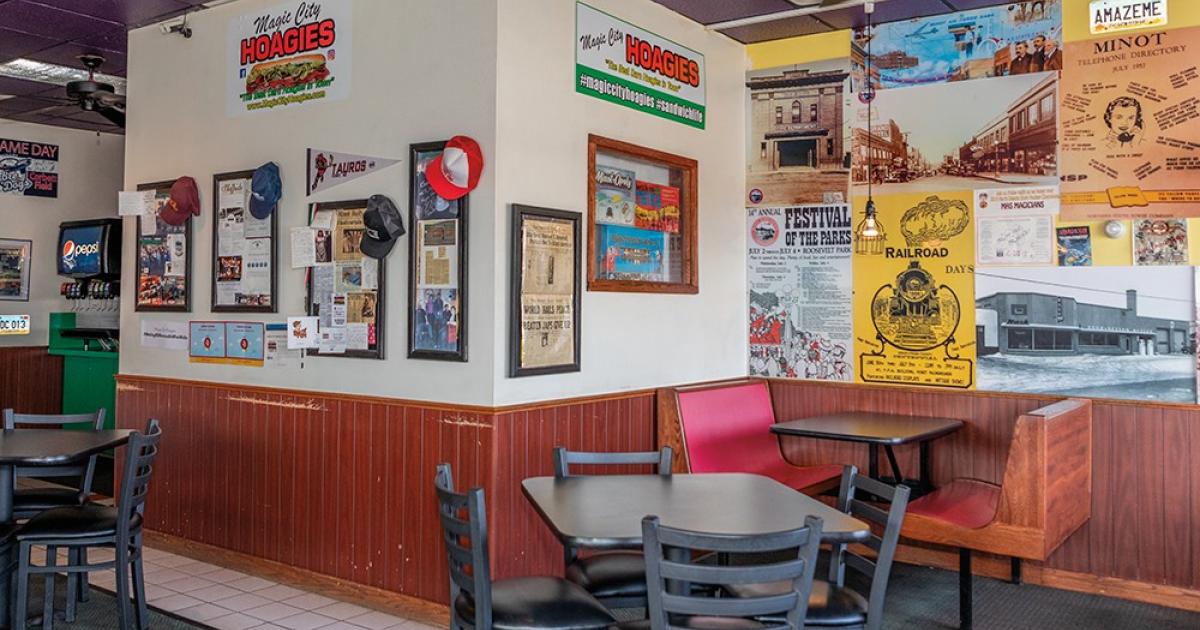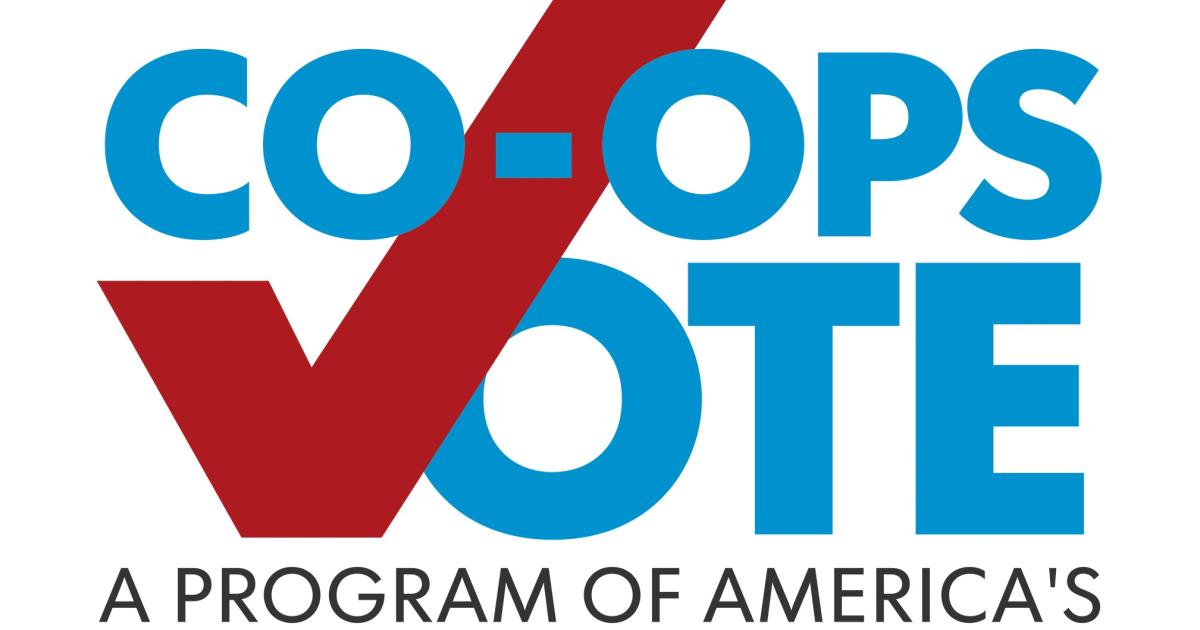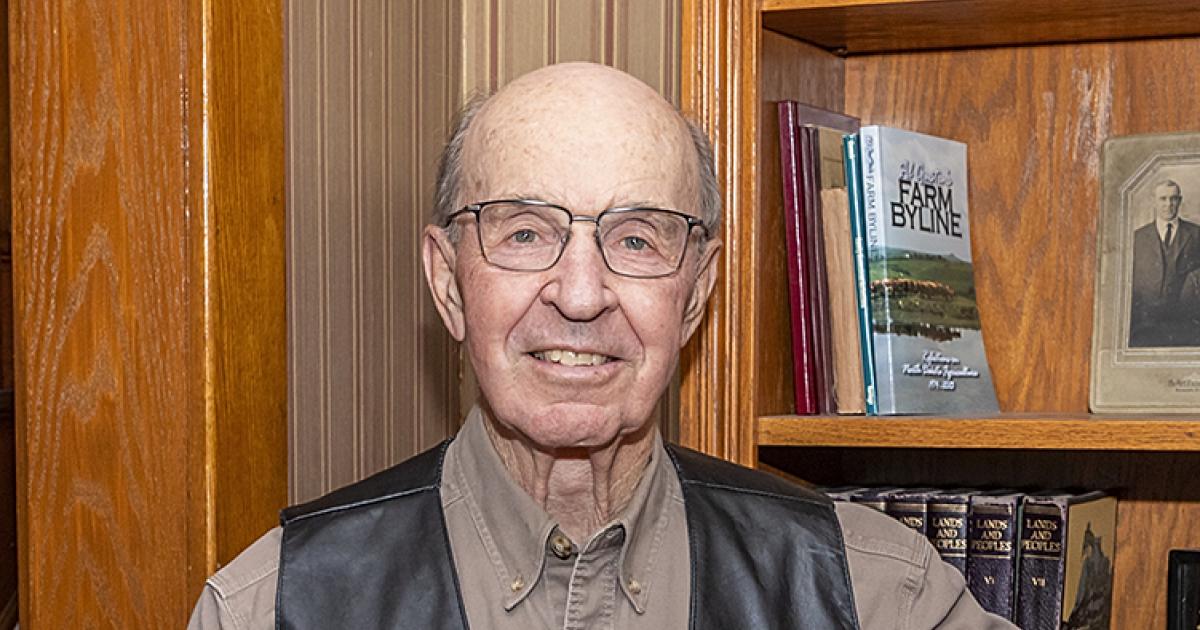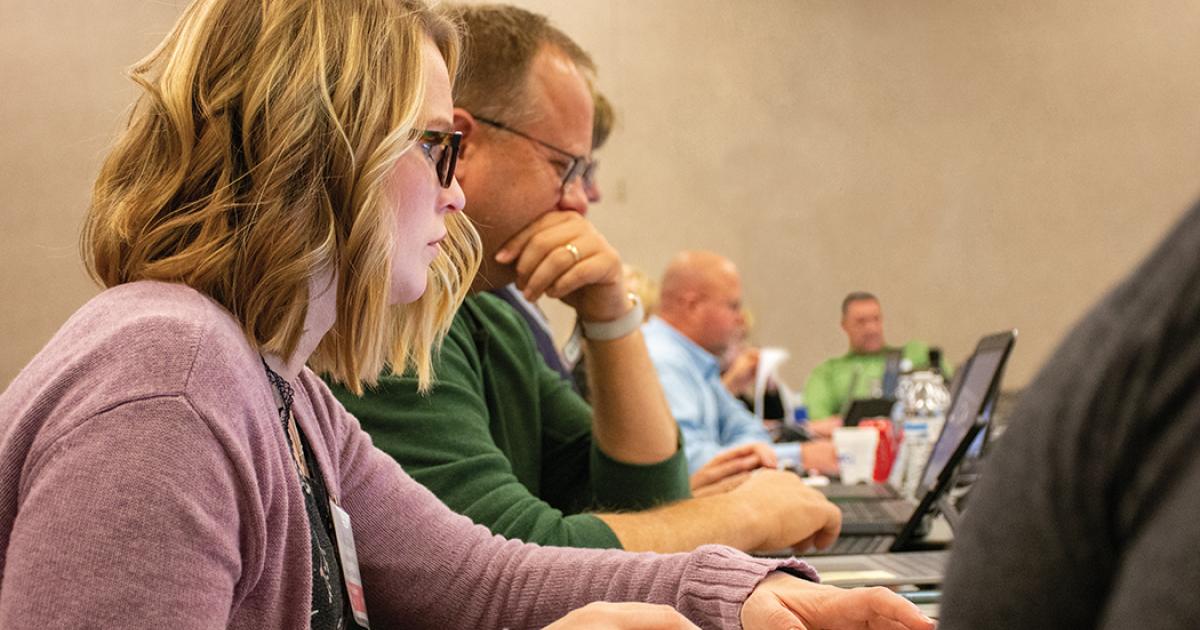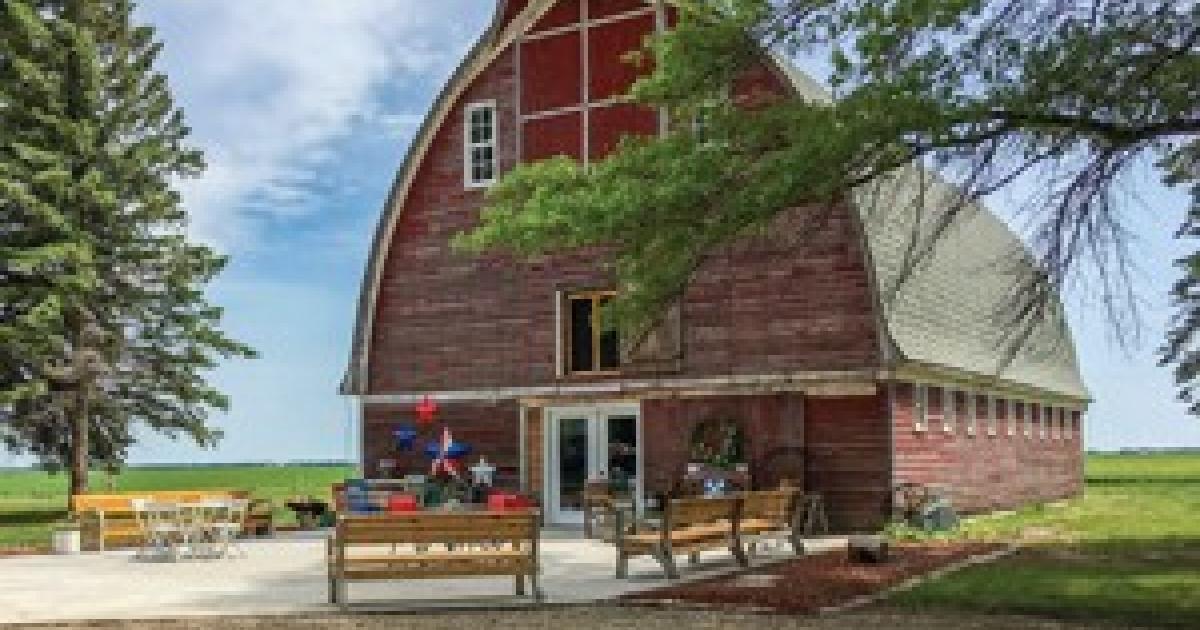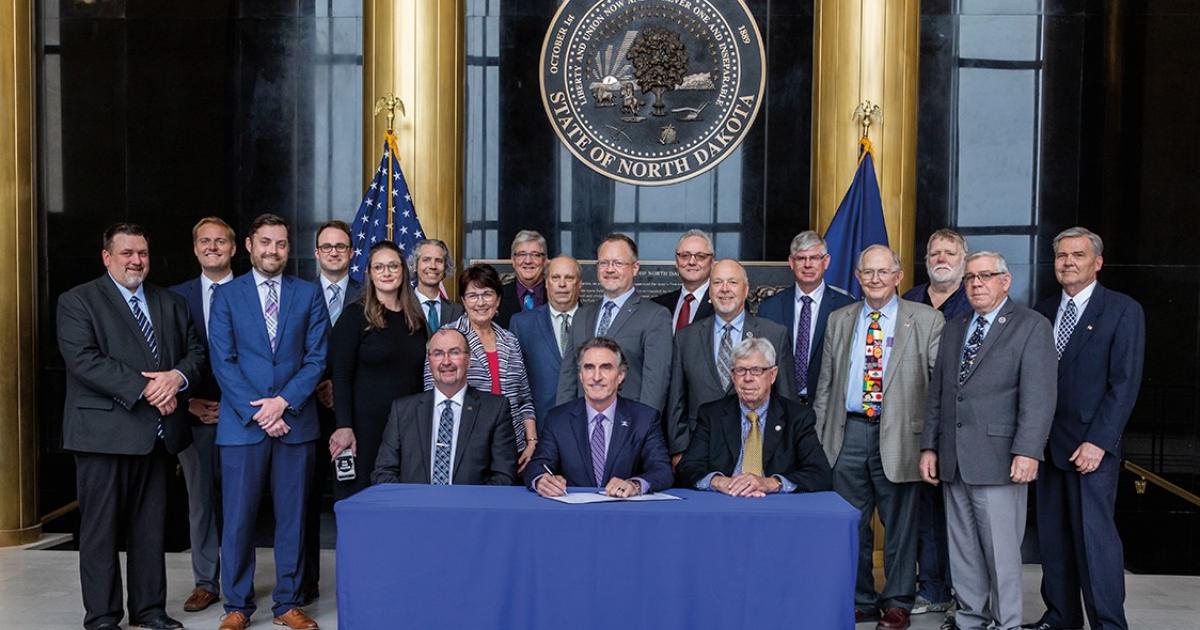A monument honoring those who have served in the U.S. Armed Forces welcomes visitors to the United Tribes Technical College campus. UTTC is the largest of North Dakota’s five tribal colleges.
North Dakota’s five tribal colleges are prairie gems, describes Dr. Cynthia Lindquist, who has served as the Cankdeska Cikana Community College president for 17 years.
“People refer to us as these little gems out in rural America,” she says. “We know education matters, that education makes a difference, education is the answer. … If my little college, Cankdeska Cikana Community College, was not there in Fort Totten, we would not have college graduates. It’s really the gateway, and we do so much more than just higher education.”
Those little gems cast a bright shimmer across the state, with an economic and social impact evidenced by research findings.
“The importance of this type of research is just recognizing what the tribal colleges are contributing back to the state,” says Dr. Leander “Russ” McDonald, United Tribes Technical College president for the past five years.
The total economic impact of the five tribal colleges was nearly $193 million in fiscal year 2016, according to a report, “Economic Contribution of North Dakota’s Tribal Colleges in 2016,” conducted by North Dakota State University’s (NDSU) Department of Agribusiness and Applied Economics and the Center for Social Research.
North Dakota’s five tribal colleges include:
• Cankdeska Cikana Community College serving the Spirit Lake Reservation in Fort Totten
• Sitting Bull College serving the Standing Rock Reservation in Fort Yates
• Turtle Mountain Community College serving the Turtle Mountain Band of Chippewa Indians in Belcourt
• Nueta Hidatsa Sahnish College serving the Three Affiliated Tribes (Mandan, Hidatsa and Arikara) and Fort Berthold Reservation in New Town
• United Tribes Technical College (UTTC) serving multi-tribal members from North Dakota and across the United States in Bismarck.
UTTC alone employs just over 200 people, and has an enrollment of approximately 400 students, according to McDonald. According to the 2016 report from NDSU, North Dakota’s tribal colleges employed 630 full-time and 181 part-time workers.
Another economic impact is student spending. The NDSU report found the total economic impact from student spending was $41.1 million. Student spending would generate enough economic activity to support 72 secondary jobs in North Dakota.
For example, 46 percent of the UTTC students are housed on the campus, while other students rent or buy housing within the Mandan or Bismarck community, also affecting the local economy.
“This has been a contributing economic entity to the cities of Bismarck and Mandan since its inception,” McDonald says.
But the economic impact is not the only footprint left by the tribal colleges.
“North Dakota’s tribal colleges provide valuable post-secondary educational programs, which result in both social and economic benefits. While the social value of a college degree is more difficult to quantify, the economic value can be described in terms of business activity, lower unemployment, higher median annual earnings, and higher total lifetime income. Previous studies have determined that college graduates have healthier lifestyles, healthier children, increased job satisfaction, have shown decreased prejudice, enhanced knowledge of world affairs, and have enhanced social status. Many of these benefits are passed on to succeeding generations. Further, college graduates have lower unemployment rates and higher annual incomes,” the NDSU report states.
With 94 percent of UTTC’s population American Indian, 70 percent of the students are from North Dakota’s five tribes. Last semester, 46 tribal nations were represented on the campus. Students are also exposed to non-Native populations and ethnicities as well, McDonald points out.
All those statistics signal diversity on campus, McDonald says.
“What happens here is there’s diversity within the American Indian population as well. There’s diversity in religion, there’s diversity in regard to sexual orientation, there’s diversity in regard to cultures,” he says.
But as students learn about other cultures by attending college, they are also learning more about their own cultures.
“If you look at the research literature out there, those who are more knowledgeable about our culture are more likely to succeed academically, so we’re building upon that part, because we know that’s a factor for the success of our students,” McDonald says. The UTTC International Powwow, which just celebrated 50 years in 2019, is one example. The campus also offers ceremonial activities, social activities and seminars throughout the year that focus on American Indian culture and language.
“It helps build pride, it helps build confidence, because most of us sit in economically depressed communities and areas, so we have endemic poverty, rural isolation and our lovely North Dakota weather,” Lindquist says. “We have our work cut out for us, but we have great people, excellent faculty and the enthusiasm of our students, who really want things different for the community, for the tribes, for their families, for themselves.”
Tribal colleges offer smaller class sizes, personal attention, more networking opportunities and are family-oriented, Lindquist says. And the education offered has evolved also, McDonald adds.
By delving into research and encouraging faculty to seek higher degrees, students benefit, McDonald points out.
“We’re able to influence our faculty to do research, and as a result, our faculty shares what they themselves are learning in the classroom with their students. This is scholarly activity, which has been happening all along in higher education, but I think it’s more pronounced now among tribal colleges and universities,” he says.
“That’s not only happening for us, but at some of the other tribal colleges as well. I’m pleased to see this in regard to tribal colleges. I think it’s a step in the right direction in terms of educating people, while at the same time we’re maintaining our culture and remembering where we’re from as a people, because that’s important. It’s an important foundation.”
Touting the success of UTTC and other tribal colleges doesn’t come naturally to McDonald, he says with a smile.
“We’re supposed to be humble as people, how we carry ourselves and not bring attention to ourselves. I think tribal people are notorious for that. We don’t go out there and share our successes,” he says humbly.
But those successes haven’t come without valiant efforts by those involved, the presidents point out.
“Education has been heralded as the ‘great equalizer,’ but for many American Indian students, the equality gap is particularly vast. Attending college is often difficult due to the distance from many tribal communities to university campuses. And even when these students are admitted into a traditional degree program at a mainstream institution, they likely will face persistent challenges that include feelings of isolation, cultural mismatch and racial discrimination. Despite the obstacles, tribal initiatives have made college campuses in Native communities a reality, improving American Indian postsecondary education options. Alumni of tribal colleges and universities (TCU) compare favorably with non-TCU graduates in having had meaningful experiences during their time as students and in their postgraduate outcomes,” according to “Alumni of Tribal Colleges and Universities Better Their Communities,” a Gallup report funded by the American Indian College Fund.
But once they attain their degree, many American Indians return to their communities to make improvements, research shows.
Some 74 percent of TCU alumni report being primarily employed in areas related to American Indian communities or tribal lands and many work directly with their tribe, according to the Gallup report.
“It’s not so much about individual attainment; it’s about making it better for everybody,” Lindquist says.
Luann Dart is a freelance writer and editor who lives in the Elgin area.
Economic impact measured
According to a report, “Economic Contribution of North Dakota’s Tribal Colleges in 2016,” conducted by North Dakota State University’s (NDSU) Department of Agribusiness and Applied Economics and the Center for Social Research, economic impacts of North Dakota’s five tribal colleges include:
• Total economic impact (direct plus secondary) of the five tribal colleges was nearly $193 million in FY2016.
• Levels of business activity generated by the tribal colleges would support an additional 445 secondary jobs in various sectors of the North Dakota economy.
• North Dakota’s tribal colleges employed 630 full-time and 181 part-time workers.
• Total economic impact (direct plus secondary) from student spending was $41.1 million ($16.5 million in direct impacts plus $24.6 million in secondary impacts). Student spending would generate enough economic activity to support 72 secondary (indirect and induced) jobs in North Dakota.


